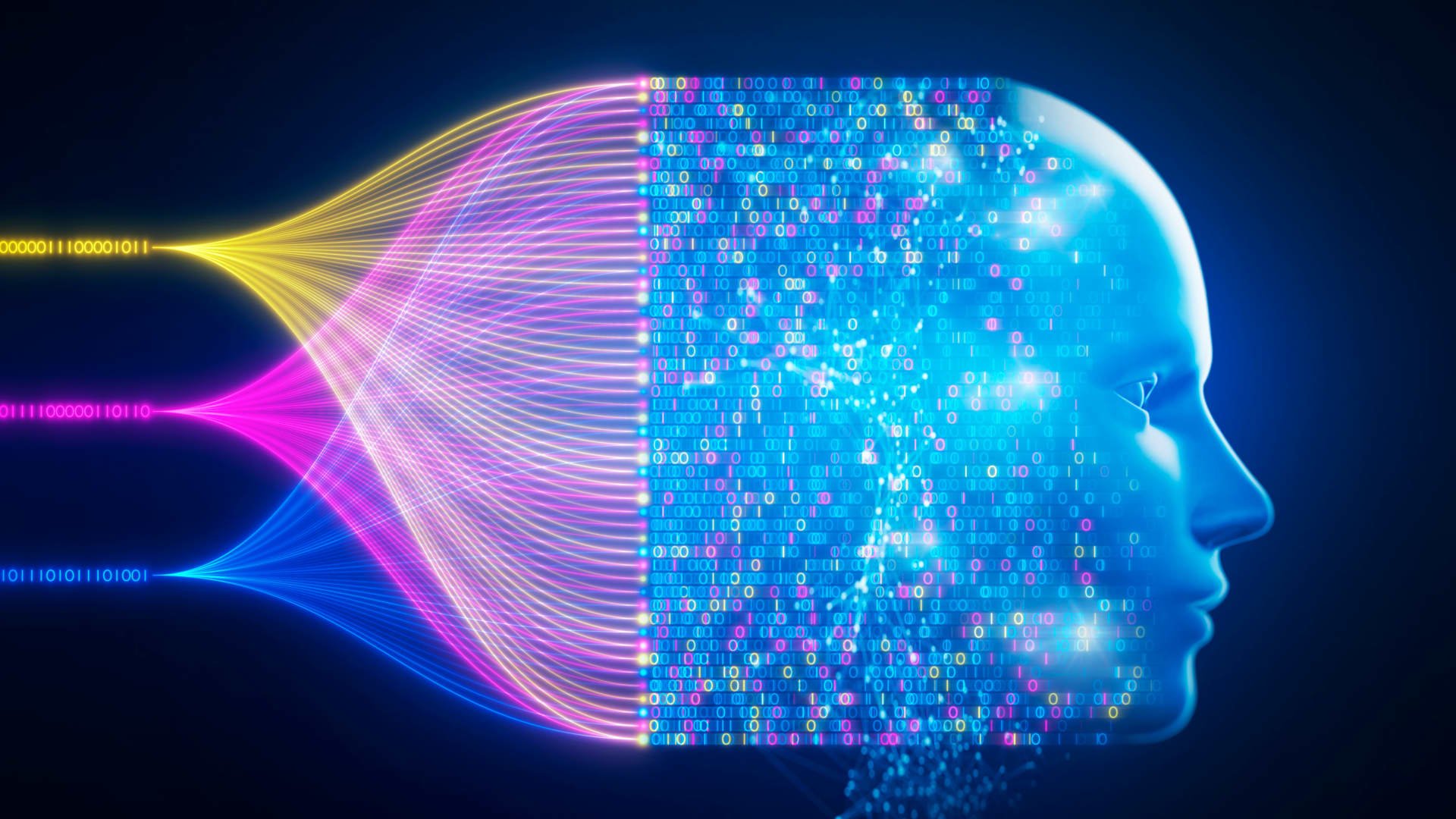Let's talk about AI undress—a tech that's blowing up the internet, sparking debates, and raising serious questions about privacy, ethics, and the future of digital content. Imagine a tool that can remove clothing from images with just a few clicks. Sounds crazy, right? But it's real, and it's here. This technology, powered by artificial intelligence, has become a hot topic, and for good reason. Whether you're a tech enthusiast, a privacy advocate, or just someone curious about what AI can do, this is something you need to know about.
Now, before we dive deep into the world of AI undress, let's clear the air. This isn't just another tech trend. It's a game-changer that's reshaping how we think about privacy, consent, and digital rights. From its origins to its implications, this article will break it all down for you. So, buckle up because we're about to take a wild ride into the world of AI-powered image editing.
Here's the deal: AI undress isn't just about technology. It's about the choices we make as a society when it comes to innovation and ethics. Are we ready for a world where anyone can manipulate images in ways that were once unthinkable? That's the question we'll explore in this article. Let's get started.
- Why Viral Kand Is Taking The World By Storm
- Movierulz Web Series Your Ultimate Guide To Streaming Hits
What Exactly is AI Undress?
AI undress refers to the use of artificial intelligence algorithms to remove clothing from images or videos. This technology leverages deep learning models, specifically generative adversarial networks (GANs), to create realistic images where clothing appears to be removed. While the concept might sound futuristic, the tech has been around for a few years now, and it's evolving at lightning speed.
Here's how it works: The AI analyzes an image, identifies patterns, and then generates new pixels to replace the clothing. The result? A new image that looks eerily realistic. But here's the catch—this technology isn't perfect. Sometimes, the results can look a bit off, but as the tech improves, those imperfections are becoming less noticeable.
How Did AI Undress Become a Thing?
Like many groundbreaking technologies, AI undress started as an academic project. Researchers were experimenting with GANs to see how far they could push the boundaries of image manipulation. At first, the tech was clunky and required a lot of computational power. But as AI advancements accelerated, the tools became more accessible—and that's where things got interesting.
- Unveiling The Truth About Odia Mms A Comprehensive Guide
- Linda Kozlowski The Untold Story Of Hollywoods Beloved Icon
Now, anyone with a decent computer and some coding skills can experiment with AI undress. There are even apps and websites that make it super easy for the average person to use this tech without needing any technical expertise. And that's where the controversy begins.
From Research Labs to the Mainstream
The journey of AI undress from research labs to the mainstream is a fascinating one. Initially, the tech was used for legitimate purposes, like improving medical imaging or enhancing visual effects in movies. But as it became more accessible, people started using it for less-than-ethical purposes. Think about it—what happens when a tool designed for good is used to invade someone's privacy?
This shift from academic research to widespread availability has sparked a lot of debates. Some argue that the tech itself isn't the problem—it's how people choose to use it. Others believe that certain technologies are simply too dangerous to exist in the hands of the general public. It's a complex issue, and we'll dive deeper into the ethics later on.
The Ethical Dilemma of AI Undress
When it comes to AI undress, ethics is the elephant in the room. On one hand, this tech has the potential to revolutionize industries like fashion and entertainment. On the other hand, it poses a significant threat to privacy and consent. Imagine someone using AI undress to create non-consensual images of you or someone you know. Scary, right?
Here's the thing: The ethical concerns around AI undress aren't new. We've seen similar debates with other AI technologies, like deepfakes. The difference is that AI undress has a more immediate and personal impact on people's lives. It's not just about manipulating videos; it's about manipulating reality itself.
Consent and Privacy: The Big Issues
Let's talk about consent and privacy because these are the two biggest issues when it comes to AI undress. When someone uses this tech without the subject's permission, it's a clear violation of their rights. And let's not forget the legal implications. In many countries, creating or distributing non-consensual images can lead to serious consequences.
But here's the kicker: Even if the tech is used consensually, there's still the risk of misuse. Once an image is out there, it's hard to control who sees it or how it's used. That's why so many people are calling for stricter regulations and better safeguards around this technology.
Legal Implications of AI Undress
Now, let's talk about the law. When it comes to AI undress, the legal landscape is complicated. Different countries have different rules, and the laws are often lagging behind the technology. In some places, creating or sharing non-consensual images is illegal. In others, the laws are more lenient—or nonexistent.
Here's the bottom line: Just because you can do something doesn't mean you should. Even if the law doesn't explicitly prohibit the use of AI undress, that doesn't mean it's ethical or responsible. As a society, we need to think carefully about the consequences of our actions and the impact they have on others.
What the Law Says (or Doesn't Say)
Let's break it down. In the U.S., for example, there are laws against revenge porn, which is the non-consensual sharing of intimate images. But when it comes to AI-generated images, the waters get murky. Is it the same as revenge porn if the image was created using AI? These are questions that courts are still grappling with.
And then there's the issue of intellectual property. If someone uses AI undress on a copyrighted image, does that violate the original creator's rights? These are just a few of the legal questions surrounding this technology. As the tech evolves, so too will the laws that govern it.
Who's Using AI Undress?
So, who's actually using AI undress? The answer might surprise you. While some people use it for legitimate purposes, like creating art or testing new fashion designs, others use it for more nefarious reasons. The tech has become a favorite tool among trolls, hackers, and cybercriminals. And let's not forget the curious individuals who just want to see what it can do.
Here's a breakdown of the main groups using AI undress:
- Artists and designers experimenting with new creative possibilities
- Cybercriminals using the tech for malicious purposes
- Curious individuals testing the limits of the technology
- Companies exploring its potential for commercial use
The Dark Side of AI Undress
Let's not sugarcoat it—there's a dark side to AI undress. The tech has been used to create non-consensual images, spread misinformation, and even blackmail people. And that's just the tip of the iceberg. As the tech becomes more advanced, the potential for abuse only increases.
But here's the thing: Not all users are bad actors. Many people are using AI undress in positive ways. The key is to find a balance between innovation and responsibility. That's where regulations and ethical guidelines come into play.
Is AI Undress Here to Stay?
The short answer? Probably. Like it or not, AI undress is here to stay. The technology is too powerful, too accessible, and too valuable for industries like fashion and entertainment. But that doesn't mean we have to accept the negative aspects. By setting clear boundaries and enforcing strict regulations, we can ensure that this tech is used responsibly.
Here's the good news: More and more people are becoming aware of the risks associated with AI undress. Governments, tech companies, and advocacy groups are working together to create solutions that protect people's rights while allowing innovation to thrive. It's a delicate balance, but it's one we need to achieve.
What Does the Future Hold?
Looking ahead, the future of AI undress is both exciting and uncertain. On one hand, we could see groundbreaking advancements that benefit society in countless ways. On the other hand, we could see a rise in misuse and abuse if proper safeguards aren't put in place.
One thing is certain: The conversation around AI undress isn't going away anytime soon. As the tech continues to evolve, so too will the debates surrounding it. It's up to all of us to ensure that this powerful tool is used for good and not for harm.
How Can You Protect Yourself?
If you're worried about AI undress and its potential impact on your privacy, there are steps you can take to protect yourself. First and foremost, be mindful of the images you share online. Once something is out there, it's hard to control who sees it or how it's used.
Here are some tips to help you stay safe:
- Be cautious about sharing personal photos online
- Use strong privacy settings on social media platforms
- Report any misuse of your images to the appropriate authorities
- Stay informed about the latest developments in AI undress technology
Tools and Resources for Protection
There are also tools and resources available to help you protect your digital identity. For example, some platforms now offer features that allow users to flag and remove AI-generated images. Additionally, there are organizations dedicated to raising awareness about the risks of AI undress and advocating for better regulations.
Remember, knowledge is power. The more you know about AI undress and its implications, the better equipped you'll be to protect yourself and others.
Conclusion: The Final Word on AI Undress
Let's wrap things up. AI undress is a powerful technology with the potential to change the world in both positive and negative ways. While it offers exciting possibilities for innovation, it also raises serious concerns about privacy, consent, and ethics. As we've seen, the key is to strike a balance between progress and responsibility.
So, what can you do? First, stay informed. Keep up with the latest developments in AI undress technology and the laws surrounding it. Second, be proactive about protecting your privacy. And finally, join the conversation. Your voice matters, and together, we can shape the future of this technology.
Before you go, here's a quick recap of what we've covered:
- AI undress is a powerful technology that removes clothing from images using AI
- It raises serious ethical and legal questions about privacy and consent
- There are steps you can take to protect yourself from misuse
- The future of AI undress depends on how we choose to regulate and use it
Now it's your turn. What do you think about AI undress? Leave a comment below and let's keep the conversation going. And don't forget to share this article with your friends and family. Knowledge is power, and the more people know, the better off we'll all be.
Table of Contents
- Teach Me First Honeytoon Unlock Your Creative Potential
- Bolly4u Hub Your Ultimate Destination For Bollywood Entertainment


